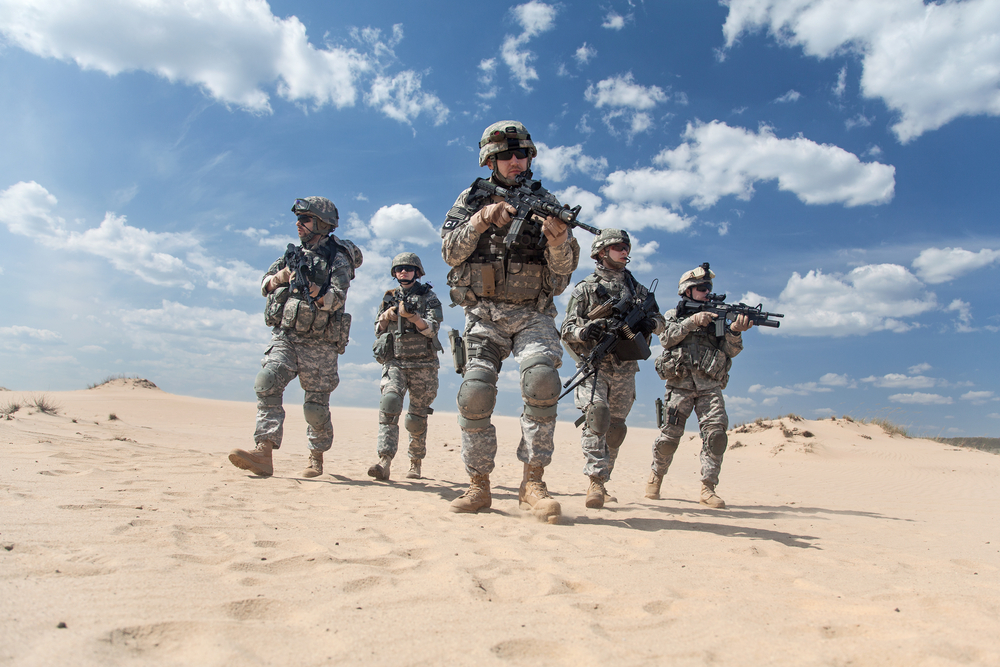
A pilot case control study of veterans of the US armed forces with mild traumatic brain injury (TBI) or persistent post-concussion syndrome (PPCS), with or without post-traumatic stress disorder (PTSD), has found significant improvements in persistent post-concussion syndrome and PTSD symptoms, neurological exam, memory, intelligence quotient, attention, cognition, depression, anxiety, quality of life, and brain blood flow following hyperbaric oxygen therapy (HBOT). Compared to controls, the patients’ brain scans were significantly abnormal before treatment and became statistically indistinguishable from controls in 75% of abnormal areas after treatment.
“Simultaneously and most importantly, subjects experienced a significant reduction in suicidal ideation and anxiety, possibly the most significant finding in the study given the current veteran suicide epidemic,” notes Dr. Paul Harch, Clinical Professor and Director of Hyperbaric Medicine at LSU Health New Orleans School of Medicine. “The PTSD symptom reduction is one of the greatest reductions in PTSD symptoms in a four-week period with any reported treatment, and combined with the effect on PPCS outcomes, HBOT represents the only reported effective treatment for the combined diagnoses of blast-induced PPCS and PTSD.”
The improvements, including a discontinuation or decreased dosage of psychoactive medications, continued to increase over the six-month post-treatment period. Dr. Harch and Dr. Edward Fogarty, Chair of Radiology at the University of North Dakota School of Medicine, led the research. The study is published in the current issue of the journal Medical Gas Research, available here.
“Mild traumatic brain injury, persistent post-concussion syndrome and post-traumatic stress disorder are epidemic in United States Iraq and Afghanistan war veterans,” adds Dr. Fogarty. “The only effective treatment of the combined diagnoses that is available and well studied is via these chambers – this is not solely a biochemical intervention. Gas pressure physics impacts neurobiology beyond simple oxygen chemistry”
Hyperbaric oxygen therapy is the use of increased atmospheric pressure and increased oxygen levels as drugs to treat disease by turning genes on and off. Treatment effects are a function of dose and timing of intervention in the disease process.
Thirty active-duty or retired military service men and women 18 to 65 years of age with one or more mild-to-moderate blast TBIs characterized by loss of consciousness that were a minimum of one year old and occurred after 9/11 participated in the study. They were matched to a control group. HBOT was performed in monoplace hyperbaric chambers on a protocol the investigators developed in 1989. Patients were compressed and decompressed at 1-2 pounds per square inch per minute on 100% oxygen for 60 minutes total dive time, twice a day with a 3-4 hour surface interval five days a week for 40 HBOTs.
After HBOT, 52% of patients no longer met the threshold criteria for the diagnosis of PTSD. Ten of the 12 patients who expressed suicidal ideation prior to the HBOT did not express suicidal thoughts after treatment. One patient with anxiety who required an emergency department visit for increased anxiety had increased suicidal ideation after treatment. Of the patients who indicated significant anxiety before treatment, 75% were no longer anxious after treatment. The patients’ abnormal brain blood flow pattern became nearly indistinguishable from the controls after HBOT treatment.
Six patients experienced mild reversible middle ear injury due to pressure change, five of whom at the start of upper respiratory infections. Seven patients experienced transient deterioration is some symptoms that resolved over the next 4-6 HOBTs. Two patients had anxiety associated with exacerbation of PTSD that was treated with medication. Eleven patients experienced protocol breaks due to unrelated adverse events but 10 of them finished the protocol. The researchers conclude that this 30-day course of 40 HBOT treatments was safe with no persistent adverse events.
A 2008 Rand Report estimates that 300,000 (18.3%) of 1.64 million military service members who have deployed to Iraq and Afghanistan war zones have PTSD or major depression, and 320,000 (19.5%) have experienced a TBI. Overall, approximately 546,000 have one of the three diagnoses, and 82,000 have symptoms of all three.
“Dr. Paul Harch, for the past three and a half decades, has meticulously researched and published quality laboratory and clinical research about the efficacy of hyperbaric oxygen in treatment of sub- acute and chronic TBI, convincingly demonstrating its efficacy by favorable outcomes with careful statistical substantiation of his findings,” says Dr. Keith Van Meter, Clinical Professor and Chief of Emergency Medicine at LSU Health New Orleans School of Medicine. “He has added to his quality team of researchers, and their steadfast persistence has achieved these remarkable results.”




